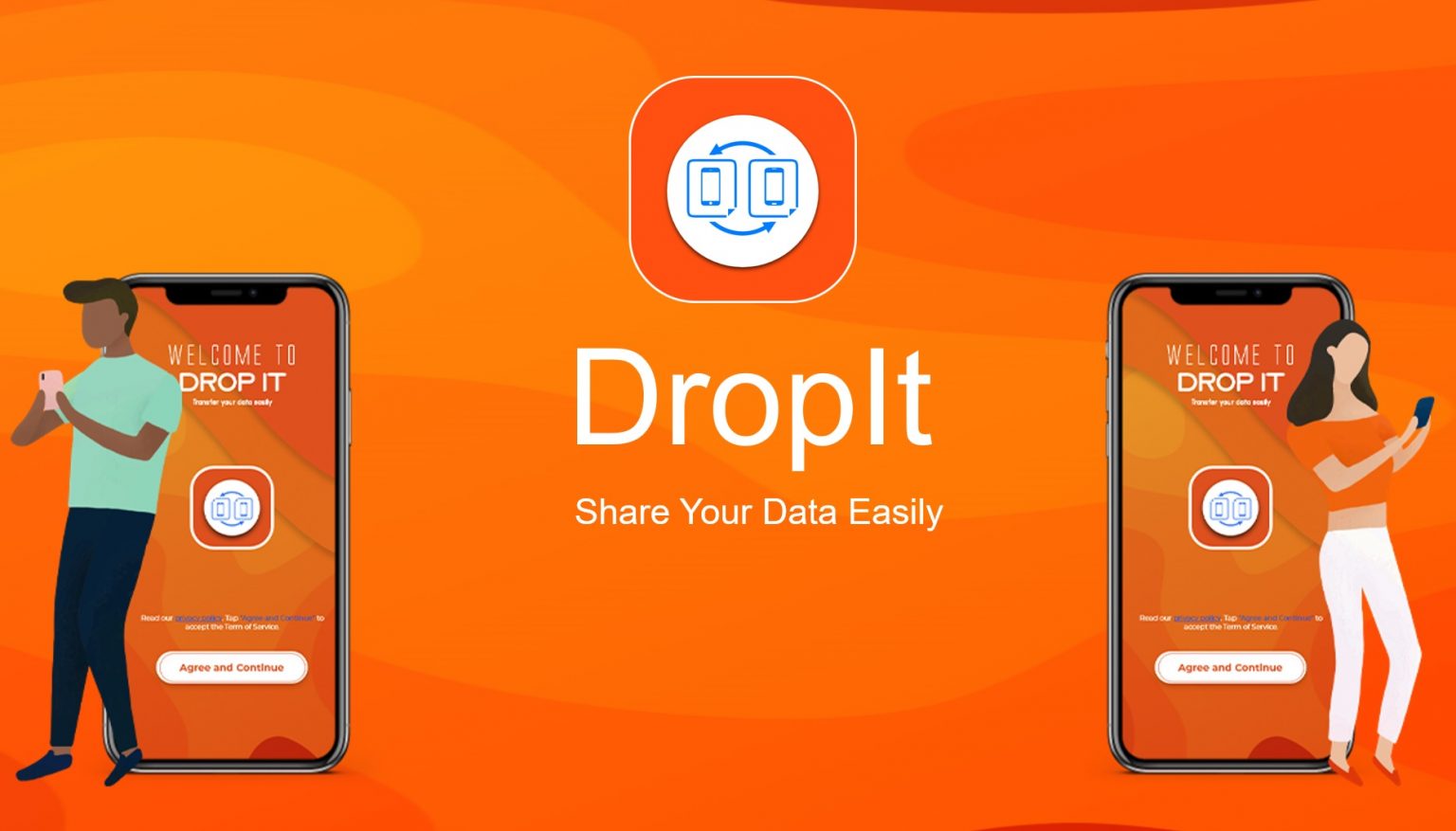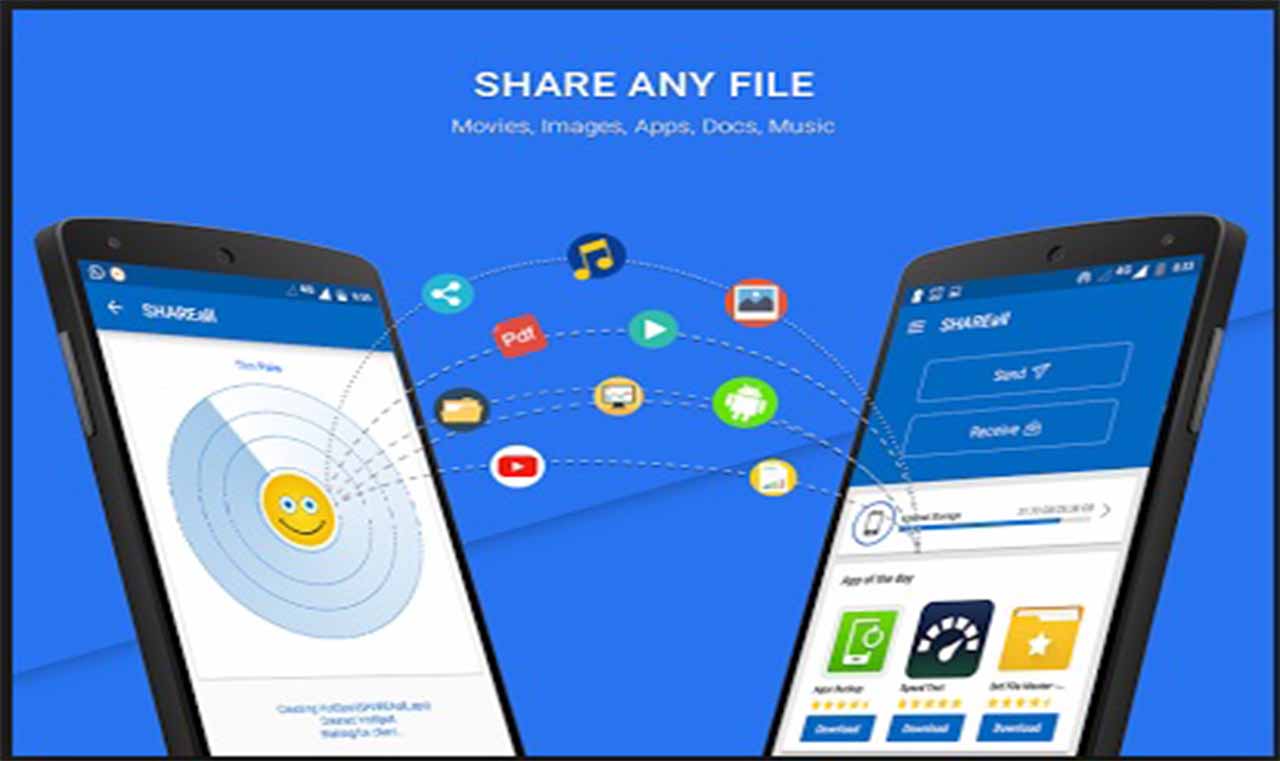File sharing apps have transformed the way we transfer and collaborate on files, making it easier than ever to share large files, work on projects together, and access files from anywhere. These apps offer a range of features and benefits that make them essential tools for individuals and businesses alike.
From cloud-based solutions to peer-to-peer networks, there are different types of file sharing apps available, each with its own advantages and use cases. Understanding the features, benefits, and security considerations of these apps is crucial for choosing the right solution for your needs.
File Sharing App Features
File sharing apps have become indispensable tools for individuals and businesses alike, enabling the seamless transfer and collaboration on files of various sizes and formats. These apps offer a wide range of features that facilitate efficient file sharing and streamline workflows.
One of the primary features of file sharing apps is the ability to easily upload and download files. Users can drag and drop files from their local storage into the app’s interface or select files from their device’s file manager.
The app then handles the file transfer process, ensuring that files are securely uploaded to the cloud or shared with other users.
Another key feature of file sharing apps is the ability to share files with others. Users can share files with specific individuals or groups, and they can control the level of access that each recipient has. This allows for secure and controlled file sharing, ensuring that files are only accessible to authorized users.
Many file sharing apps also offer collaboration features that allow multiple users to work on the same file simultaneously. This can be particularly useful for teams working on projects that require input from multiple stakeholders. Collaboration features typically include the ability to edit files, leave comments, and track changes, making it easy for teams to work together efficiently.
Popular File Sharing Apps
There are numerous file sharing apps available, each with its own unique set of features and capabilities. Some of the most popular file sharing apps include:
- Dropbox:Dropbox is a popular file sharing app that offers a range of features, including file synchronization, file sharing, and collaboration tools.
- Google Drive:Google Drive is a cloud storage and file sharing service that is integrated with other Google apps, such as Gmail and Google Docs.
- Microsoft OneDrive:Microsoft OneDrive is a cloud storage and file sharing service that is integrated with other Microsoft apps, such as Office 365 and Windows 10.
- Box:Box is a cloud storage and file sharing service that is designed for businesses and organizations.
- WeTransfer:WeTransfer is a file sharing service that allows users to send large files up to 2GB in size.
The choice of which file sharing app to use depends on the specific needs and requirements of the user. Factors to consider include the size of files that need to be shared, the level of security required, and the need for collaboration features.
Benefits of Using File Sharing Apps

File sharing apps offer numerous advantages for both personal and business use. They streamline file management, enhance collaboration, and boost productivity, making them indispensable tools in today’s digital world.
For personal use, file sharing apps provide a convenient way to store, organize, and access files from multiple devices. They eliminate the need for physical storage devices and allow users to share files with friends and family securely and easily.
Improved Productivity
- Centralized file storage eliminates the need to search for files across multiple devices or folders, saving time and effort.
- File sharing apps enable real-time collaboration, allowing multiple users to work on the same file simultaneously, increasing efficiency.
- Version control features ensure that changes are tracked and previous versions can be easily restored, reducing the risk of data loss.
Enhanced Collaboration
- File sharing apps facilitate seamless file sharing and collaboration among team members, regardless of their location or device.
- Built-in chat and commenting features allow for instant feedback and discussions on shared files, improving communication and decision-making.
- Access control and permission settings ensure that files are shared securely with only authorized individuals.
Efficient File Management
- File sharing apps provide robust file management capabilities, including file search, organization, and backup.
- Cloud-based storage eliminates the need for physical storage devices, reducing clutter and freeing up local storage space.
- Automatic syncing ensures that files are always up-to-date across all devices, providing peace of mind.
Businesses, in particular, have experienced significant benefits from using file sharing apps. They have streamlined their workflows, improved collaboration, and enhanced their overall productivity.
For example, a global marketing agency was able to reduce project turnaround time by 20% by using a file sharing app to centralize file storage and facilitate real-time collaboration among its geographically dispersed team.
Another example is a healthcare organization that implemented a file sharing app to securely share patient records among its staff, improving patient care and reducing the risk of medical errors.
These examples illustrate the transformative impact that file sharing apps can have on businesses and individuals alike, making them indispensable tools in the modern digital age.
Security Considerations for File Sharing Apps

File sharing apps have revolutionized the way we collaborate and share information. However, these apps also introduce potential security risks that need to be carefully considered. Understanding these risks and implementing best practices are crucial to ensure the security and privacy of shared files.
Encryption
Encryption is a vital security measure that safeguards data by converting it into an unreadable format. File sharing apps should employ robust encryption algorithms, such as AES-256, to protect data during transmission and storage. This prevents unauthorized access and ensures that only authorized parties can decrypt and access the files.
Types of File Sharing Apps

File sharing apps can be categorized into different types based on their functionality and target audience. Each type of file sharing app has its own unique set of features and benefits, making it suitable for different use cases.
Here are the main types of file sharing apps:
Cloud-Based File Sharing Apps
Cloud-based file sharing apps store files on remote servers, allowing users to access and share files from anywhere with an internet connection. These apps typically offer a user-friendly interface, making it easy for users to upload, download, and share files.
Some popular examples of cloud-based file sharing apps include Dropbox, Google Drive, and Microsoft OneDrive.
Peer-to-Peer File Sharing Apps
Peer-to-peer (P2P) file sharing apps allow users to share files directly with each other without the need for a central server. These apps typically use a distributed network, where each user’s computer acts as both a server and a client.
Some popular examples of P2P file sharing apps include BitTorrent and eMule.
Enterprise File Sharing Apps
Enterprise file sharing apps are designed for businesses and organizations to securely share and collaborate on files. These apps typically offer a range of features, such as file encryption, access control, and version control. Some popular examples of enterprise file sharing apps include Box, Citrix ShareFile, and Egnyte.
Trends and Future of File Sharing Apps
The realm of file sharing is continuously evolving, driven by technological advancements and changing user needs. Emerging trends are shaping the industry and paving the way for the future of file sharing and collaboration.
Cloud Integration
One prominent trend is the increasing integration of file sharing apps with cloud platforms. Cloud storage services offer numerous advantages, such as remote accessibility, scalability, and enhanced data security. By integrating with cloud platforms, file sharing apps can leverage these benefits and provide users with a seamless and convenient file management experience.
Artificial Intelligence
Artificial intelligence (AI) is another transformative technology that is making its mark on the file sharing landscape. AI-powered apps can automate various tasks, such as file organization, search, and access control. This not only enhances efficiency but also enables users to make better use of their files and collaborate more effectively.
Increased Collaboration
The future of file sharing apps lies in fostering seamless collaboration. Advanced features, such as real-time editing, version control, and granular access permissions, are becoming increasingly prevalent. These features enable multiple users to work on the same files simultaneously, reducing the risk of conflicts and improving productivity.
Final Review: File Sharing Apps
As technology continues to advance, file sharing apps will continue to evolve, offering new features and capabilities that will further enhance our ability to collaborate and share files. The future of file sharing is bright, with the potential for even greater integration with cloud platforms, artificial intelligence, and other technologies.
Expert Answers
What are the key features of file sharing apps?
File sharing apps typically offer features such as file upload and download, file sharing links, collaboration tools, version control, and security features.
What are the benefits of using file sharing apps?
File sharing apps improve productivity by making it easier to share and collaborate on files, reduce the risk of data loss by providing secure storage, and enable remote access to files from anywhere.
What are the security considerations for file sharing apps?
File sharing apps should use encryption, access controls, and user authentication to protect the privacy and security of shared files.
